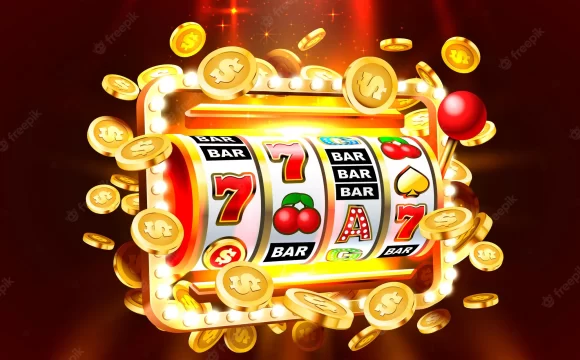Let’s be honest—when you think of online slot games, “eco-friendly” probably isn’t the first thing that comes to mind. But here’s the deal: the digital gaming industry has a carbon footprint, and developers are starting to take notice. From energy-efficient coding to green hosting, sustainable practices are creeping into the world of online slots. And honestly? It’s about time.
Why Sustainability Matters in Online Gaming
You might wonder why slot games—purely digital—need eco-conscious tweaks. Well, every spin, animation, and server request consumes energy. Multiply that by millions of players, and suddenly, those tiny digital actions add up. The good news? Developers are finding clever ways to reduce their impact without sacrificing fun.
The Hidden Energy Costs of Online Slots
Think of it like leaving a faucet dripping. Individually, no big deal. But over time? A flood. Similarly, online slots rely on data centers, servers, and player devices—all guzzling electricity. A single game might not seem like much, but the collective energy use is staggering. That’s where sustainable design steps in.
Green Practices in Slot Game Development
1. Energy-Efficient Coding
Developers are optimizing code to run smoother and faster, reducing the processing power needed. Less lag means less energy wasted—like tuning a car engine for better mileage. Techniques include:
- Lazy loading: Only loading game assets when needed.
- Minimizing animations: Cutting back on flashy but energy-draining effects.
- Cleaner algorithms: Streamlining backend processes to avoid unnecessary computations.
2. Eco-Friendly Hosting Solutions
Data centers are notorious energy hogs. But some developers are switching to green hosting providers powered by renewable energy. It’s like moving from a gas-guzzling server farm to one running on solar or wind power. A few hosting options gaining traction:
| Hosting Provider | Sustainability Feature |
| GreenGeeks | 300% renewable energy match |
| Kualo | Carbon-neutral operations |
| Google Cloud | Commitment to 24/7 carbon-free energy by 2030 |
3. Sustainable Game Design Choices
Small tweaks in design can make a big difference. For example:
- Dark mode interfaces: OLED screens use less power with darker colors.
- Simplified graphics: High-definition visuals are stunning but energy-intensive. Some studios are opting for stylized, low-poly designs instead.
- Player-controlled settings: Letting users adjust graphics quality to reduce their device’s energy use.
The Role of Players in Sustainable Gaming
Sure, developers shoulder most of the responsibility, but players can pitch in too. Simple habits like closing unused tabs, lowering screen brightness, or playing on energy-efficient devices help. It’s a team effort—like carpooling instead of everyone driving solo.
Challenges and Future Trends
Transitioning to greener practices isn’t always smooth. Some hurdles include:
- Cost: Renewable energy and optimized tech can be pricier upfront.
- Player expectations: Flashy graphics and seamless performance are often prioritized over sustainability.
- Industry standards: Lack of universal guidelines for eco-friendly game development.
Still, the tide is turning. Blockchain-based games (despite their own energy controversies) are exploring proof-of-stake models. Cloud gaming could centralize resources more efficiently. And let’s not forget—players are increasingly drawn to brands that align with their values, sustainability included.
Final Thoughts
Sustainability in online slots isn’t about stripping away the fun—it’s about reimagining how that fun is delivered. Whether it’s a line of code optimized to save watts or a server running on wind power, every bit counts. The question isn’t whether the industry can go green… but how fast it’ll get there.









